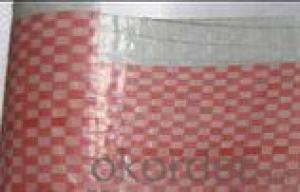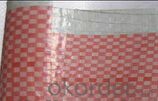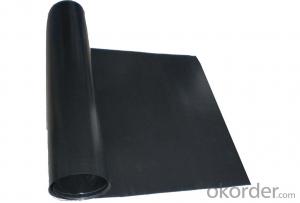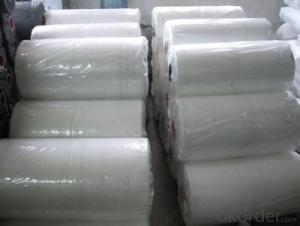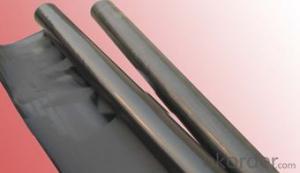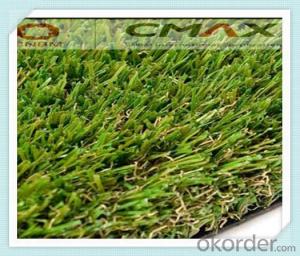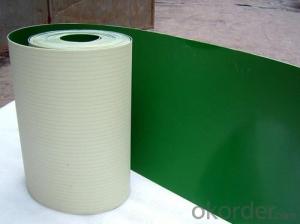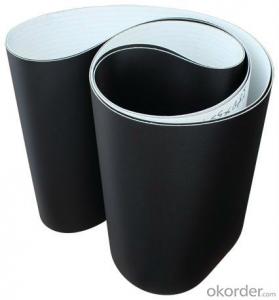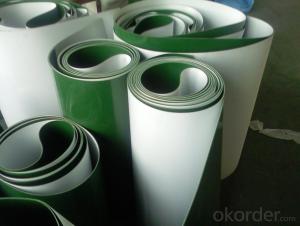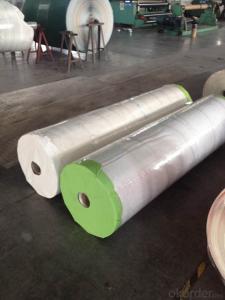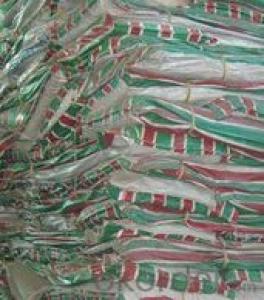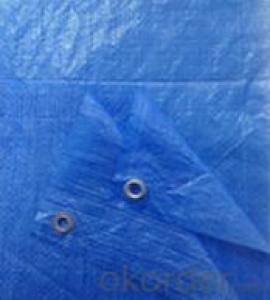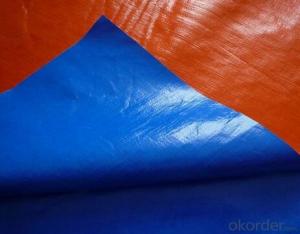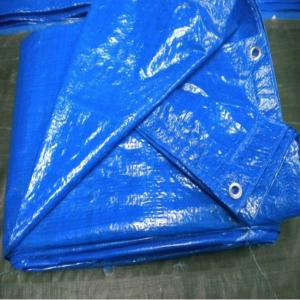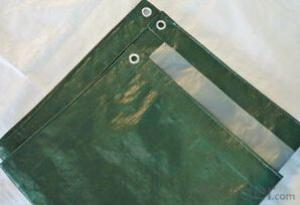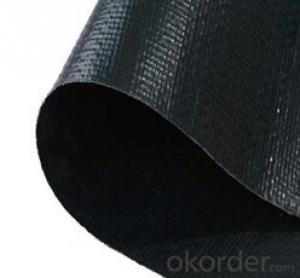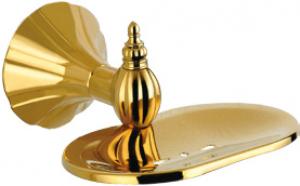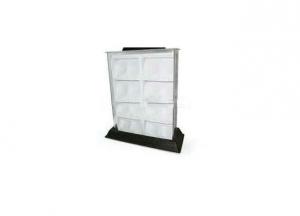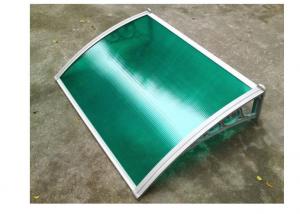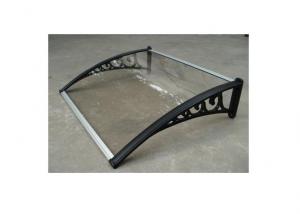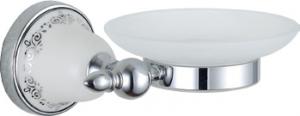Thin PE tarpaulin in red & white lattice
OKorder Service Pledge
OKorder Financial Service
You Might Also Like
Specifications
1.Tarpaulin in red & white lattice
2. Eyelets 3ft
3. Four edges reinforced by PP rope
4. Waterproof,dampproof,tearproof
Light weight PE tarpaulin in red & white lattice
1) Products : light weight tarpaulin in PE material.
2) Weight : 70g/sq.m to 180g/sq.m.
3) Size : different sizes for choose.
4) Width : 1~12 meter.
5) Package : roll or bale packing
6) Color : different colors for choosing.
7) Process: four edges are reinforced by PP rope.
8) Fuction: waterproof,damp proof.
9) Use in : agriculture, industry, waterproof bags, for making raincoats or umbrellas or tents , picnics, travelling ,cover your cars .etc.
10) Function: Waterproof,damp proof, mildew proof , fire proof, dust proof , anti -UV , anti-rain , anti-wind , anti-cold
- Q: How do olive nets prevent olives from getting sunburned?
- Olive nets prevent olives from getting sunburned by providing shade and reducing direct exposure to the sun's intense heat and UV rays.
- Q: Are olive nets suitable for organic olive farming?
- Yes, olive nets are suitable for organic olive farming. Olive nets are commonly used in organic farming practices to protect the olives from birds and other pests. They help ensure a higher yield of quality olives without the use of chemical pesticides.
- Q: Can a plastic bowl be used safely?
- No, the plastic bowl will release a chemical, which is harmful to the human body, especially after heating. It is not recommended.
- Q: Are there any disadvantages of using olive nets?
- Yes, there are a few disadvantages of using olive nets. Firstly, olive nets can be quite expensive to purchase and install, especially for large olive groves. Additionally, these nets require regular maintenance and cleaning to prevent damage from debris or pests. They can also be labor-intensive to set up and remove, which may increase operational costs. Lastly, some farmers have reported that olive nets may cause uneven ripening of olives and hinder air circulation, potentially increasing the risk of fungal diseases.
- Q: How do olive nets prevent olives from being damaged by small mammals?
- Olive nets prevent olives from being damaged by small mammals by creating a physical barrier that prevents access to the olive trees. The nets are typically made of strong and durable material, such as nylon or polyethylene, which cannot be easily chewed through by small mammals like squirrels or rodents. These nets are placed over the olive trees, covering the entire canopy, and secured tightly to prevent any gaps or openings. This ensures that the olives remain protected and inaccessible to the small mammals, effectively preventing them from causing damage or consuming the olives.
- Q: How are olive nets installed?
- Olive nets are typically installed by spreading them out underneath the olive trees and securing them with stakes or weights along the edges to prevent them from moving or being blown away.
- Q: What are the main raw materials used in plastic products?
- Molding performance 1. amorphous material, medium mobility, moisture absorption, must be fully dry, surface requirements of the plastic parts must be prolonged preheating, drying 80-90 degrees, 3 hours2., should take high material temperature, high mold temperature, but the material temperature is too high, easy to decompose (decomposition temperature is >270 degrees). For the higher precision plastic parts, mold temperature should take 50-60 degrees, for high gloss, heat-resistant plastic parts, mold temperature should take 60-80 degrees3, to solve the water to increase the liquidity of the clip, material, high temperature, high modulus to temperature, or change into the water level method.4, such as forming heat-resistant or flame retardant materials, the production of 3-7 days later, the mold surface will remain plastic decomposition, leading to the surface of the mold shining, the need to clean the mold in a timely manner, while the mold surface to increase the exhaust position.
- Q: Can olive nets be used in both small and large-scale olive farms?
- Yes, olive nets can be used in both small and large-scale olive farms. Olive nets are versatile and can be adapted to different sizes of olive farms. They are used to protect the olives from birds and other pests, preventing damage and ensuring a higher yield. The size and quantity of olive nets required may vary depending on the scale of the farm, but the basic functionality remains the same.
- Q: How do olive nets prevent rodent damage to olives?
- Olive nets act as a physical barrier that prevents rodents from accessing the olives. The nets are placed over the olive trees, creating a protective enclosure that rodents cannot penetrate. This effectively keeps the rodents away from the olives, reducing the risk of damage and ensuring a higher yield of quality fruit.
- Q: How do olive nets prevent fruit spoilage during storage?
- Olive nets prevent fruit spoilage during storage by providing a physical barrier that protects the olives from external elements such as insects, birds, and debris. These nets also help maintain proper air circulation around the olives, preventing the growth of mold and other microorganisms that can cause spoilage. Additionally, the nets help reduce moisture build-up, which can lead to rotting. Overall, olive nets act as a protective shield, ensuring the quality and freshness of the olives during storage.
Send your message to us
Thin PE tarpaulin in red & white lattice
OKorder Service Pledge
OKorder Financial Service
Similar products
Hot products
Hot Searches
Related keywords
